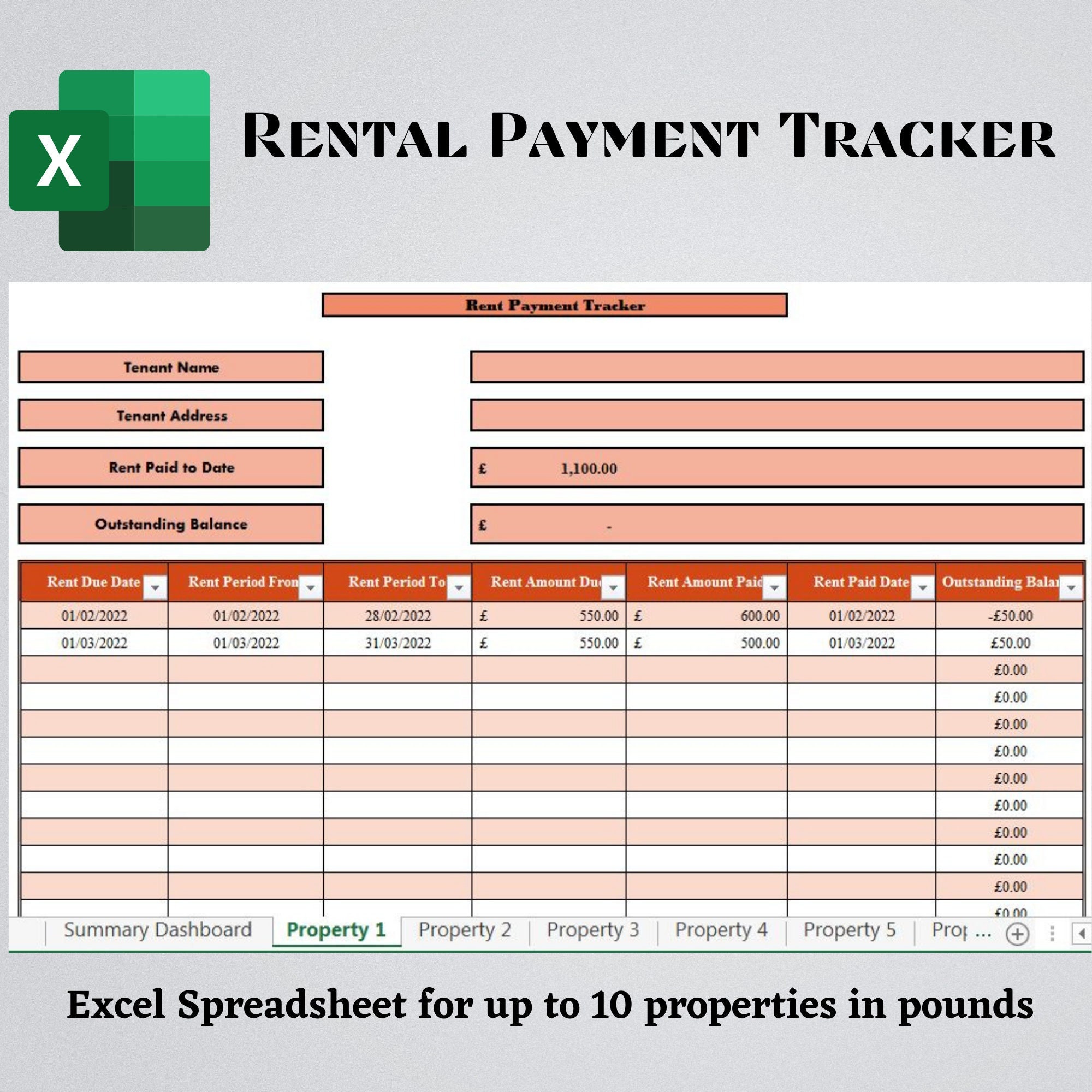Top Features of an Effective Rent Payment Tracking Spreadsheet
Top Features of an Effective Rent Payment Tracking Spreadsheet
Blog Article
Managing book obligations can swiftly become overwhelming, specially when juggling numerous tenants or properties. Fortuitously, automation gives a straightforward and effective solution. By leveraging the right methods and methods, how to keep track of rent payments tracking and remove headaches.
Why Automate Lease Cost Tracking?
Keeping track of book physically is not only time-consuming but in addition vulnerable to errors. Overlooked funds, incorrect calculations, or lost records may snowball into bigger issues. Automating this method ensures:
•Reasonable obligations with minimal oversight.
•Correct documents without information information entry.
•Less pressure for landlords and tenants alike.
The impact of automation on property administration is significant—several automation instruments offer characteristics developed to truly save both time and income, letting landlords to concentrate on greater management priorities.
Resources for Automating Book Payment Tracking
There are many trusted systems designed to deal with rent series and checking efficiently. Here are a few common options:
1.Property Management Application:
Systems like Buildium, Rentec Primary, and AppFolio give comprehensive solutions. These methods allow landlords to setup intelligent lease reminders, make invoices, and track funds in real-time.
2.Standalone Payment Processors:
Solutions like PayPal, Venmo, or Zelle may be ideal for primary bank transfers. While these could lack advanced checking characteristics, coupling them with sales computer software or spreadsheets may construct a successful system.
3.Spreadsheets with Knowledge Integration:
Tools like Google Blankets or Succeed can be computerized by coupling them with companies such as for instance Zapier. This allows inward payment knowledge to populate spreadsheets instantly, maintaining files current at all times.
Measures to Collection Up Automated Rent Checking
Step 1: Choose the Right Platform
Identify application or resources that suit the specific needs of one's house administration portfolio. For smaller landlords, a straightforward payment model might suffice, while bigger managers may choose all-in-one home administration solutions.
Stage 2: Change Payment Pointers
Set automatic pointers for tenants a few days before payment deadlines. This function, available in most computer software, reduces late obligations and maintains tenants informed.
Stage 3: Link Records Firmly
Guarantee smooth integration between payment platforms, bank records, and checking software. Maintain knowledge protection by choosing platforms with large encryption standards.

Stage 4: Monitor and Analyze Reports
Most automatic programs offer confirming features. Use them to spot late obligations, monitor over all revenue styles, and improve money flow.
Ultimate Ideas
Automating book payment checking can revolutionize house management. It adds performance, reduces guide work, and diminishes problems, ensuring smoother operations. For landlords striving to keep forward in property administration developments, buying automation tools is a clever move. Utilize the tips over to take the hassle out of lease tracking—since managing homes must feel satisfying, not stressful. Report this page